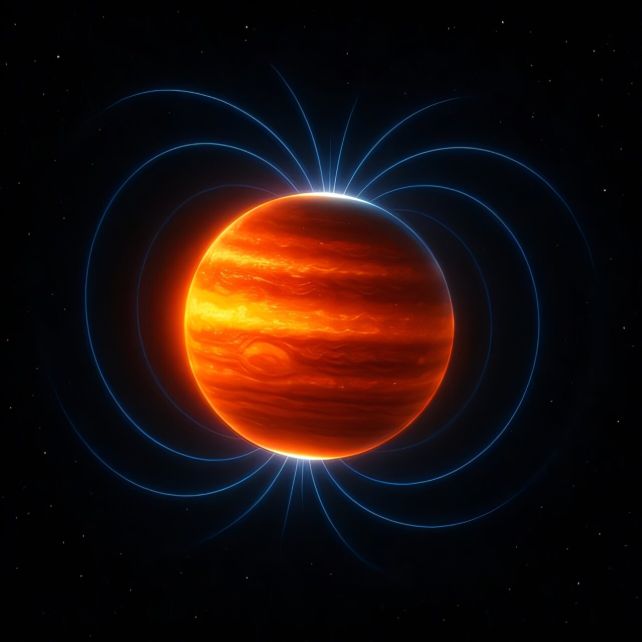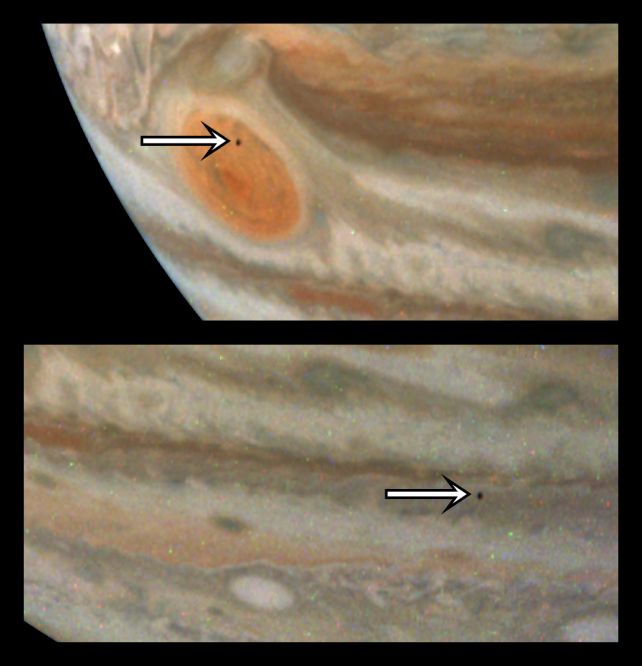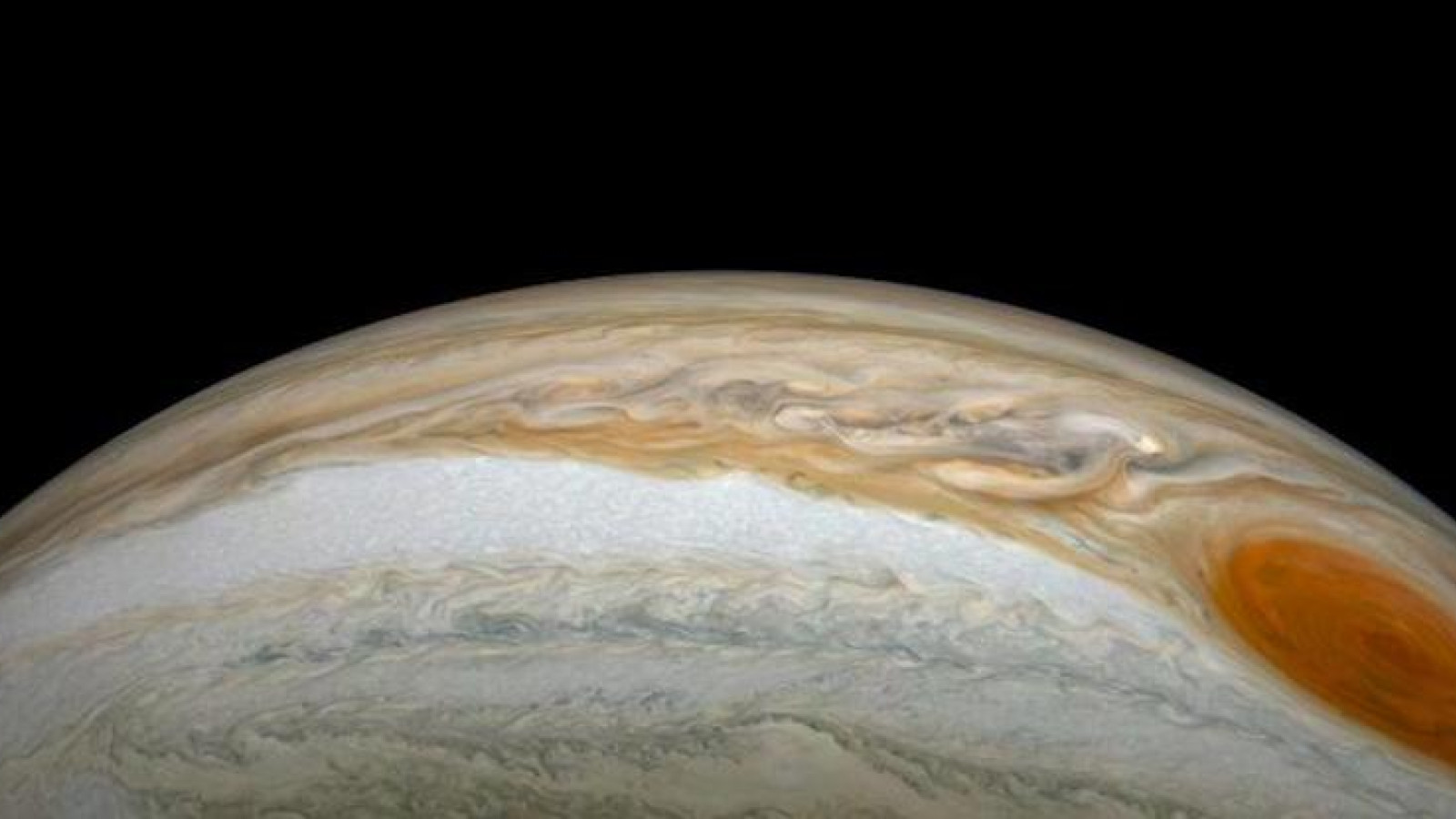5 Minutes
Jupiter: The SUV of Planets and Its Surprising Origins
Jupiter has always held the crown as the heavyweight champ of our Solar System—the powerhouse with a mass more than double that of all other planets combined. But recent astronomical research has shifted gears in our understanding, revealing that this gas giant was once even more enormous. According to breakthrough studies by Caltech's Konstantin Batygin and University of Michigan’s Fred Adams, Jupiter’s early ‘spec sheet’ would impress even the most dedicated car enthusiast: it boasted a volume nearly 2-2.5 times greater than it is today, paired with an ultra-powerful magnetic field far beyond modern interpretations.
Unraveling Jupiter’s Early Expansion: Engineering Roots and Growth
In the world of automotive design, it’s all about understanding the blueprint and evolutionary tweaks that create road legends. Similarly, astronomers have reverse-engineered Jupiter’s early days, drawing fascinating parallels to how vehicles develop from concept to showroom hits.
Within just 3.8 million years of the Solar System’s assembly, Jupiter had already ballooned to unprecedented dimensions. This explosive early growth, comparable to a car’s turbocharged acceleration, is tied to the ‘core accretion’ method—the cosmic equivalent of building a sports car from the chassis up. Astronomers believe both rocky planets and gas giants like Jupiter started by gradually accumulating solid materials, then reached a tipping point at around 10 Earth masses—enough to magnetically attract and lock in the swirling gases still present in the outer regions of the Solar System.

Performance Metrics: Early Jupiter’s Power and Magnetic Field
If we were to draw up the specifications for early Jupiter, they would leave today’s auto industry awestruck. The planet’s core accretion performance fueled rapid mass increase, sustaining a material intake rate of 1.2 to 2.4 Jupiter masses per million years. More impressively, its magnetic field roared at fifty times the strength of its current levels. For comparison, that’s like taking a top-of-the-line electric supercar and multiplying its torque output far beyond modern capability, giving Jupiter the ultimate edge in material acquisition and planetary evolution.
Design, Positioning, and Market Role in the Solar System
Jupiter’s evolutionary journey shares surprising similarities with how carmakers establish flagship models and redefine segments. Like a luxury SUV that stabilizes a brand’s lineup and paves the way for smaller, more specialized vehicles, Jupiter’s formative years had an outsized impact on the structure and stability of the entire planetary system. This foundation allowed Earth and its neighbors to evolve safely, providing a stable environment for life to eventually emerge—a market positioning move on an astronomical scale.
Reconstructing the Past: Using Moons as Clues
When restoring a classic car, attention to subtle design cues and wear patterns often reveals hidden manufacturing secrets. In parallel, Batygin and Adams zeroed in on two lesser-known but crucial Jovian moons, Amalthea and Thebe. Like examining rare trim options, the tilted orbits of these moons provided a blueprint to rewind Jupiter’s growth, as their orbital signatures betrayed the planet’s expanding and contracting phases.
Thanks to their meticulous studies on the inclinations and movements of these moons, scientists could backtrack the evolutionary timeline of Jupiter, much as engineers parse crash test data or wind tunnel results to perfect next-gen vehicles. These findings confirm that, even after 4.5 billion years, the fingerprints of Jupiter’s muscle-car era remain etched in the movements of its companions.

Comparisons to Other Giants: Jupiter Versus Potential "Competitors"
Jupiter’s early dominance was unique, yet it never reached the threshold needed to ignite nuclear fusion and become a star. To earn that status, it would require upwards of 85 times its current mass—a destination far beyond even the most ambitious concepts in interstellar ‘vehicle’ design. Other gas giants, like Saturn, fell even further short, mirroring how certain car models never quite reach flagship status but still hold vital roles in a brand’s legacy.
Long-Term Evolution: Shrinking Down and Powering Forward
As the solar nebula dissipated—the cosmic equivalent of a factory shutting down key assembly lines—Jupiter’s immense outer layer contracted under its own gravity, much like premium cars get sleeker as they adapt to changing market needs. Its volume shrank, its rotation speed increased, and its internal complexity grew. Even now, Jupiter continues to slowly contract and lose energy, echoing how legacy vehicles are refined over decades yet retain echoes of their performance roots.

Jupiter’s Lasting Impact: Lessons for Planetary and Automotive Evolution
The story of Jupiter’s extraordinary past does more than spotlight one planet’s grandiose beginnings—it provides critical benchmarks for studying not just planetary architecture, but also the broader themes of evolution, innovation, and legacy that resonate with car manufacturers and enthusiasts alike. Just as car engineers rely on reference points in performance and design to push boundaries, astronomers now have an invaluable set of data to refine their models of solar system formation.
“What we’ve established here is a valuable benchmark,” says Batygin, highlighting the automotive parallel of having a gold-standard metric to guide future innovation and reconstruction. As we continue to unlock cosmic mysteries, Jupiter’s epic story remains a lasting reminder: in both the Solar System and the world of automobiles, understanding the past fuels the breakthroughs of tomorrow.


Comments